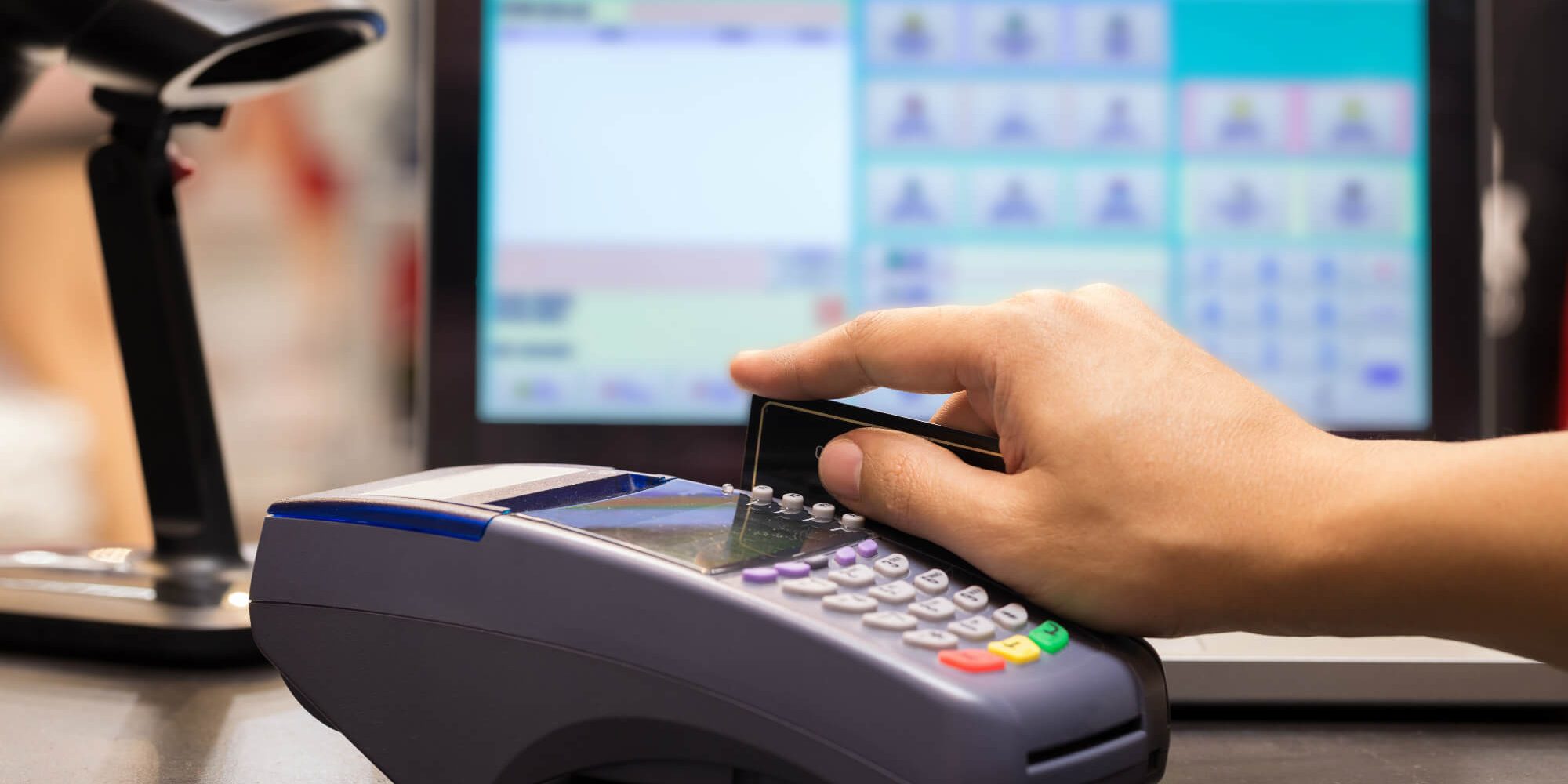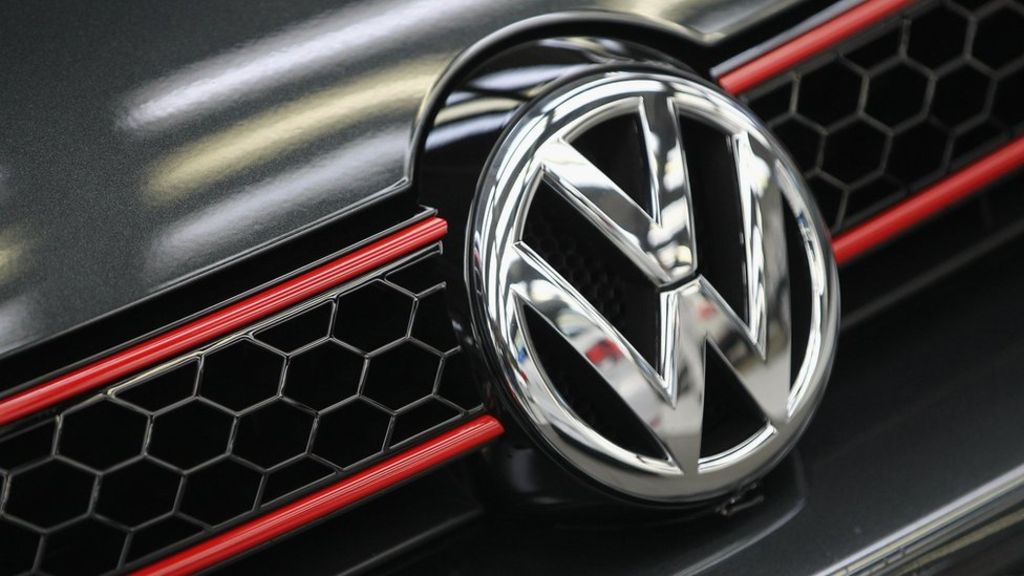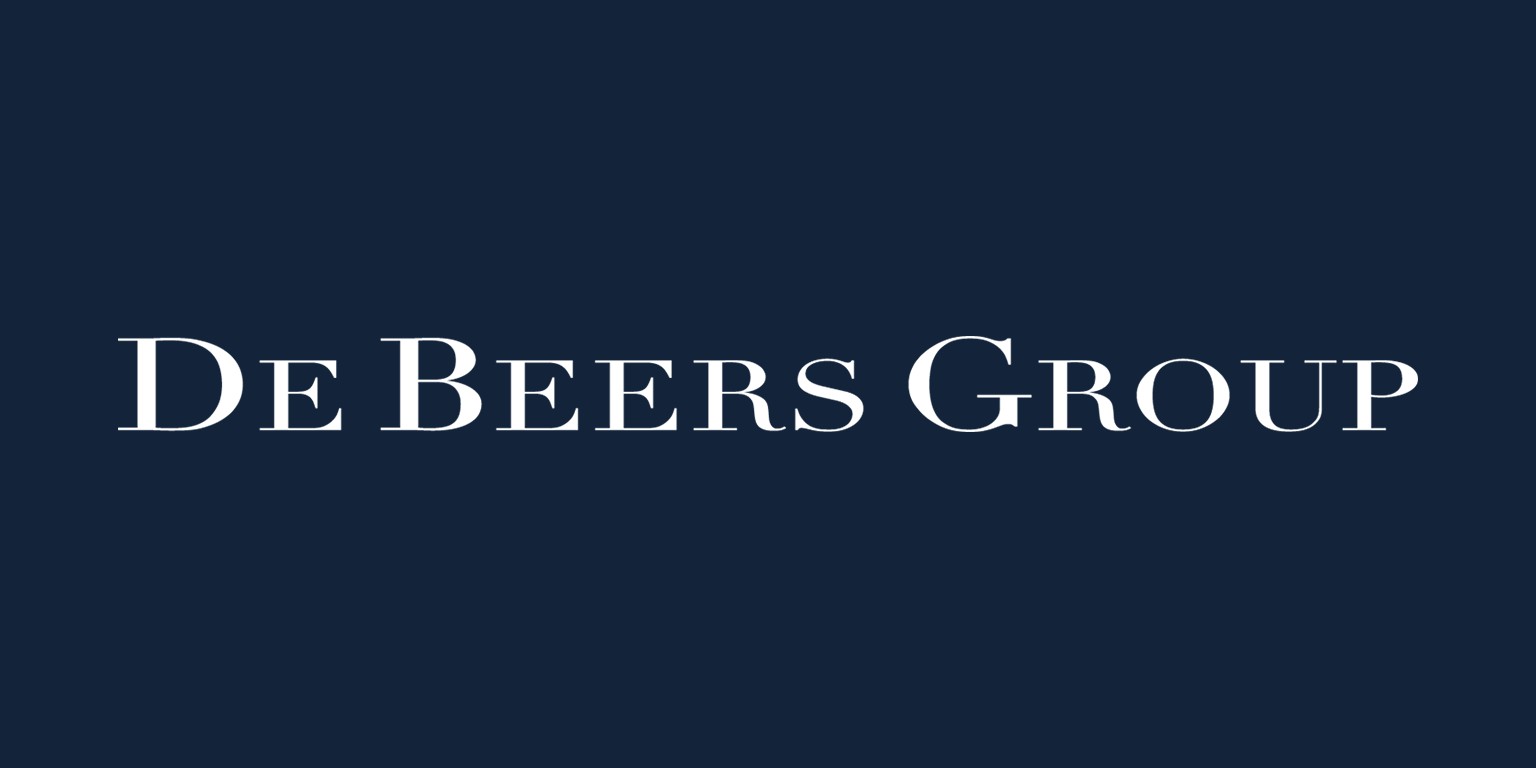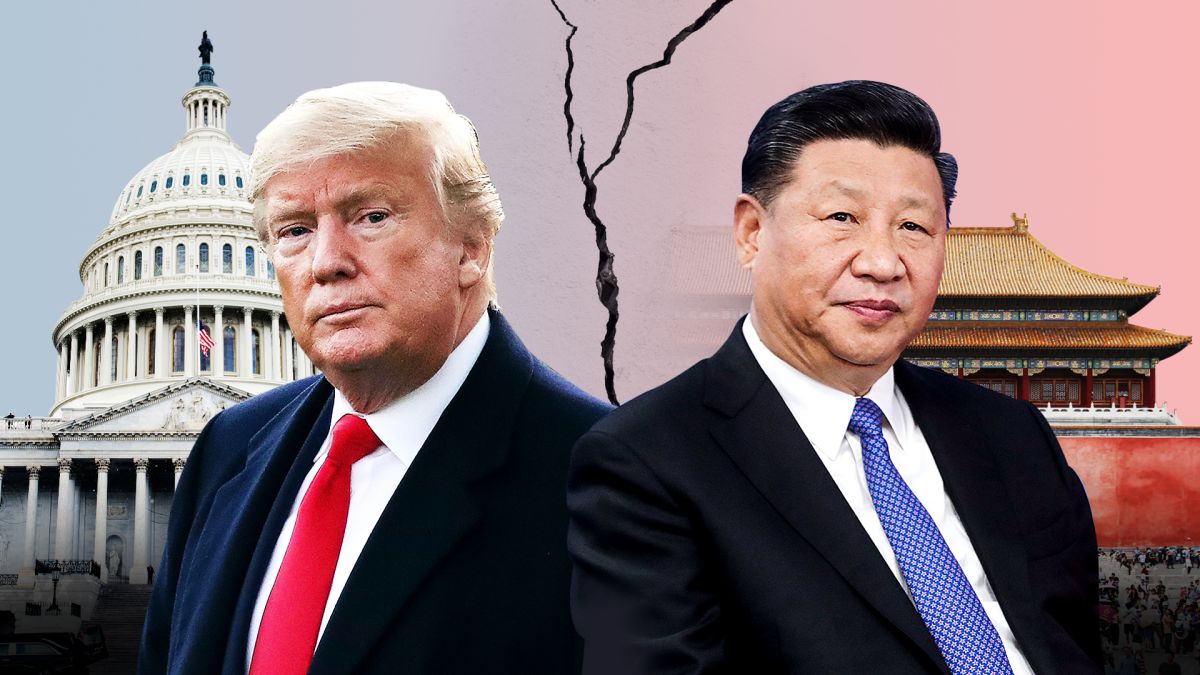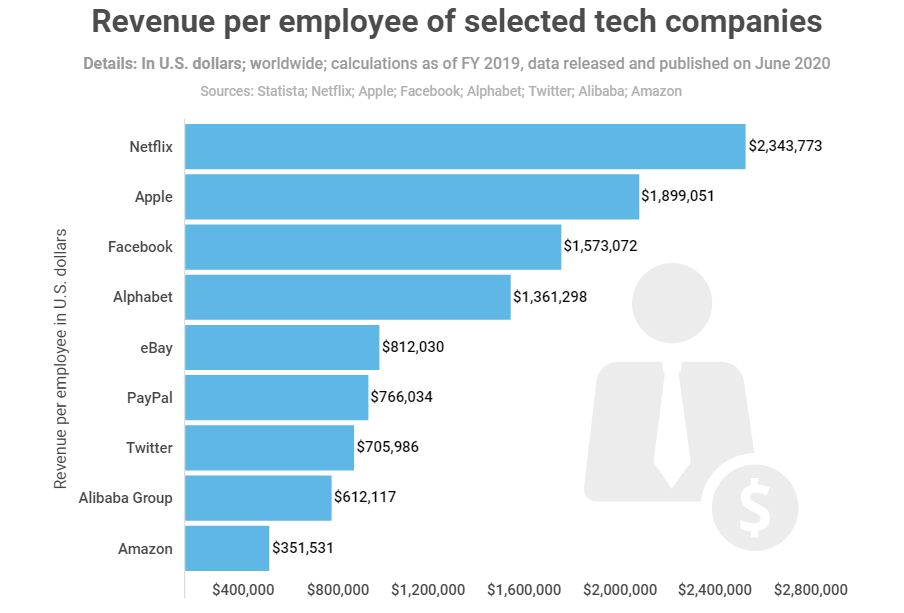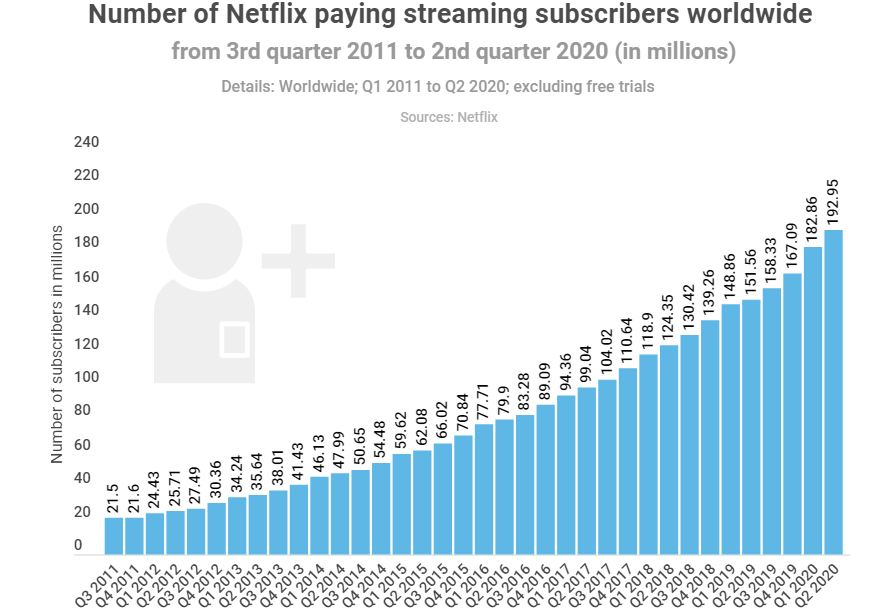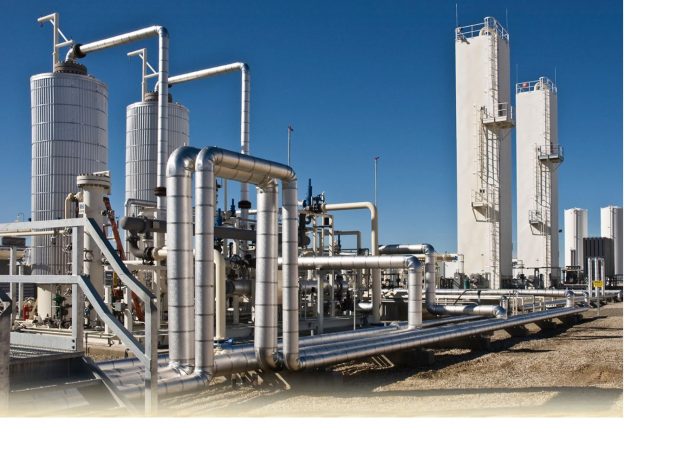Charles Abuede
Digital payments, the biggest income wellspring of the worldwide Fintech market, are set to hit $4.4 trillion in exchange value this year, and China and the United States are expected to contribute 65 per cent of that value as the world’s two biggest digital payments businesses.
Data compiled and reported by BuyShares and made available to Business A. M. also show that there will be a 5 per cent drop when compared with the figures pre-COVID-19.
Exchange value to jump 85 % in 4 years
The Statista 2020 Fintech survey revealed that the advanced digital payments section combines payments for products and services made over the internet and mobile by means of cell phone applications. Consequently, China is expected to produce $1.9 trillion worth of transactions in 2020, or almost 45% of every single payment made digitally this year.
Similarly, the U.S., positioned as the second biggest market, is expected to generate $895.7 billion transaction value and a 20 per cent piece of the pie in 2020. In the same vein, Japan, The United Kingdom and South Korea follow on the list with $165.2 billion, $164.4 billion, and $113.5 billion worth of transactions, respectively.
Despite the fact that the coronavirus pandemic has influenced the whole Fintech industry, the data unveiled that the digital payments industry forerunners are set to observe noteworthy development in the next few years, with the Chinese market expected to surge by 84 per cent with a combined transaction value reaching $3.5 trillion while the U.S is projected to reach $1.5 trillion, rising by 67 per cent.
Although Europe’s share is impressively littler than those of the two leading regions, the Statista survey uncovered the old continent indicated the most huge growth in digital payments. The whole European payments industry is required to blast in the following four years, developing by a CARG of 18.7 per cent and reaching about $1.6 trillion value of transaction by 2024.
Meanwhile, the worldwide digital payments industry is figured to bounce by 85 per cent and reach $8.2 trillion in 2024.
30 per cent of digital payments users live in China
Recent years have seen a flood in the number of individuals handling digital payments, with the figure developing from 2.7 billion in 2017 to over 4.6 billion in 2020. In the next four years, the number of clients in the industry is set to reach 6.4 billion.
However, statistics have revealed that most digital payments users live in China. three years before now, the number of Chinese using online payments had taken off from 840 million to 1.3 billion, accounting for almost 30 per cent of all clients globally. This figure is relied upon to hop over 1.6 billion in 4 years time.
The U.S is set to arrive at 305.7 million users in the digital payments market in 2020, four times less than China. According to Statista 2020 Fintech Survey, this number will ascend to 353 million by 2024, as the number of Europeans using the payments platform is gauged to grow by 24 per cent in 4 years time, arriving at 721.7 million by 2024.
